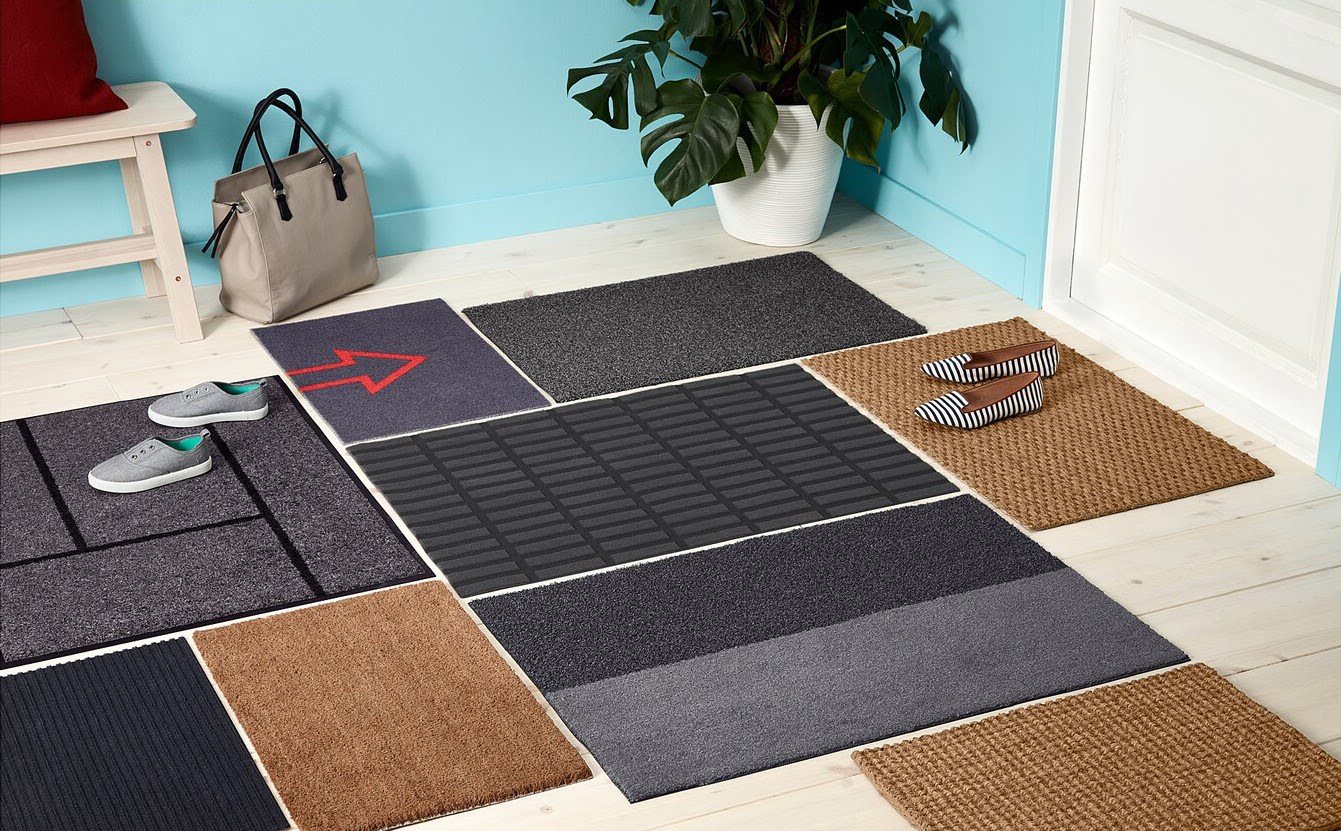

Articles
How To Store Door Mats
Modified: August 19, 2024
Discover effective ways to store door mats with our informative articles. Keep your mats clean and preserve their lifespan with proper storage techniques.
(Many of the links in this article redirect to a specific reviewed product. Your purchase of these products through affiliate links helps to generate commission for Storables.com, at no extra cost. Learn more)
Introduction
A door mat is an essential item that helps keep your home clean and free from dirt and debris. Whether it’s an indoor or outdoor door mat, proper storage is crucial to maintain its functionality and durability. Storing door mats correctly can also help prolong their lifespan, ensuring that they continue to effectively trap dirt and prevent it from being tracked indoors.
In this article, we will guide you through the process of storing door mats in the most appropriate and efficient way. We will cover various types of door mats and share tips and techniques for storing them indoors and outdoors. By following these guidelines, you can ensure that your door mats remain in excellent condition and serve their purpose effectively for years to come.
So, let’s get started and delve into the world of door mat storage.
Key Takeaways:
- Choose the right door mat based on location, size, material, and design to ensure functionality and style. Properly clean and dry door mats before storing to prevent mold and maintain longevity.
- Store indoor door mats by rolling, hanging, or flat storage, and outdoor door mats by rolling, hanging, or using a weatherproof container. Protect against moisture, insects, and climate changes for optimal preservation.
Read more: How To Store Cutting Mats
Choosing the Right Door Mat
Before diving into the storage process, it’s important to choose the right door mat for your needs. Here are some factors to consider:
- Location and Usage: Determine whether you need a door mat for indoors or outdoors. Indoor door mats are typically made from softer materials and designed to trap dirt, while outdoor door mats are more durable and weather-resistant.
- Size and Shape: Measure the space where you plan to place the door mat and choose a size that fits appropriately. Consider the shape as well, such as rectangular, square, or circular, depending on your preferences and the overall aesthetics of your home’s entryway.
- Material: Door mats come in various materials, including coir, rubber, nylon, and microfiber. Consider the durability, absorption capabilities, and ease of cleaning of each material before making your selection.
- Design and Style: Door mats can be functional and stylish. Look for a design that complements your home’s décor and reflects your personal taste.
Once you have considered these factors, you can choose from a range of door mat types:
- Coir Door Mats: Made from coconut husks, coir door mats are highly durable and effective at trapping dirt and moisture. They are ideal for both indoor and outdoor use.
- Rubber Door Mats: These door mats are weather-resistant and suitable for outdoor use. They have excellent grip and can withstand heavy foot traffic.
- Nylon Door Mats: Nylon door mats are known for their durability and resistance to fading. They are often used in high-traffic areas and can be easily cleaned.
- Microfiber Door Mats: These door mats are highly absorbent and perfect for indoor use. They can quickly trap moisture, keeping your floors dry and clean.
Consider your specific needs and preferences when choosing the right door mat. Once you have selected the perfect door mat, it’s time to move on to the storage process.
Preparing the Door Mat for Storage
Before storing your door mat, it’s essential to clean and dry it thoroughly. This will help prevent the buildup of dirt, mold, and unpleasant odors during storage.
Start by following these steps to clean your door mat:
- Remove Loose Dirt: Shake the mat vigorously outdoors to dislodge any loose dirt and debris.
- Vacuum or Brush: Use a vacuum cleaner or a stiff brush to remove any remaining dirt from the surface of the door mat.
- Spot Cleaning: If there are any stains or spills on the door mat, use a mild detergent or carpet cleaner and a damp cloth or sponge to gently blot and clean the affected areas.
- Rinse: Rinse the door mat thoroughly with water to remove any soap residue or cleaning solution.
Once the door mat is clean, it’s important to ensure that it is completely dry before storing it. Here’s how to dry your door mat:
- Sun-Drying: If weather permits, place the door mat in direct sunlight to air dry. The sun’s heat will help evaporate any moisture trapped in the fibers.
- Indoor Drying: If outdoor drying is not possible, lay the door mat flat in a well-ventilated area indoors. Ensure that both sides of the mat have sufficient air circulation to facilitate drying.
- Use a Fan: If you need to speed up the drying process, place a portable fan near the door mat to enhance air circulation.
Make sure the door mat is completely dry before moving on to the storage methods for indoor and outdoor door mats.
Storing Indoor Door Mats
Indoor door mats require proper storage to maintain their shape and effectiveness. Here are three methods for storing indoor door mats:
- Roll Up Method: Start by ensuring that the door mat is clean and dry. Roll up the mat tightly, starting from one end to the other. Use a sturdy strap or twine to secure the rolled mat. This method saves space and prevents the door mat from getting bent or creased during storage. Store the rolled door mat in a dry and well-ventilated area.
- Hanging Method: If you have enough wall space or a convenient hook, you can hang the door mat for storage. Ensure that the door mat is clean and dry before hanging it. Fold the mat in half vertically, with the pile side facing inward. Attach a sturdy hook or hanger to the folded edge and hang the door mat securely. This method helps maintain the shape of the door mat and prevents it from collecting dust or getting flattened.
- Flat Storage Method: Clean and dry the door mat thoroughly. Lay the mat flat on a clean and dry surface. If you have multiple door mats, stack them on top of each other, with a piece of clean and dry cloth or paper towel between each mat to prevent them from sticking together. Place the stack of door mats in a storage bin or under a bed, ensuring that they are protected from moisture and excessive weight.
Choose the storage method that works best for your indoor door mat and the available space in your home. Remember to store the door mat in a clean and dry area to prevent any moisture or mold from forming.
To store door mats, make sure they are completely dry to prevent mold and mildew. Roll them up and store in a dry, well-ventilated area to maintain their shape and quality.
Storing Outdoor Door Mats
Outdoor door mats are exposed to harsh weather conditions and heavy foot traffic, making proper storage essential to maintain their durability and effectiveness. Follow these steps to store your outdoor door mat:
- Clean and Dry the Door Mat: Before storing, make sure your outdoor door mat is thoroughly cleaned and dried. Follow the cleaning steps mentioned earlier to remove any dirt or stains. Allow the mat to dry completely to prevent mold or mildew growth during storage.
- Roll Up Method: Once the door mat is clean and dry, roll it up tightly, starting from one end. Secure the rolled mat with twine or a sturdy strap to prevent it from unraveling. This compact storage method saves space and helps maintain the shape of the door mat.
- Hanging Method: If you have enough vertical space, consider hanging the door mat for storage. Fold the mat in half vertically, with the pile side facing inward. Attach a sturdy hook or hanger to the folded edge and hang the door mat securely. This method helps preserve the shape of the door mat and prevents it from accumulating dirt or getting flattened.
- Weatherproof Storage Container: Another option for storing outdoor door mats is to use a weatherproof storage container. Clean and dry the mat thoroughly before placing it inside the container. Ensure that the container has a tight-fitting lid to keep out moisture and pests. Store the container in a dry and well-ventilated area, such as a garage or basement.
Choose the storage method that best suits your outdoor door mat and available space. Regardless of the method, it’s important to keep the door mat protected from moisture, mold, and pests during storage to maintain its longevity and effectiveness.
Read more: How To Store Cricut Mats
Tips for Proper Door Mat Storage
Proper storage of your door mats is crucial to ensure they remain in good condition and continue to effectively serve their purpose. Here are some tips to follow:
- Avoiding Moisture and Mold: Moisture can cause mold and mildew to develop on your door mat during storage. To prevent this, ensure that your door mat is thoroughly dry before storing it. Choose a storage location that is dry and well-ventilated, away from damp areas or direct exposure to water sources.
- Protecting Against Insects: Insects, such as ants and moths, can be attracted to the fibers of your door mat. To deter them, consider using natural insect repellents, such as cedar chips or lavender sachets, in the storage area. These natural repellents can help keep insects at bay and protect your door mat from damage.
- Regular Cleaning and Maintenance: Even when in storage, it’s important to periodically clean your door mats. Dust and debris can accumulate, especially if the storage area is not entirely sealed. Take the opportunity to inspect the door mats for any signs of damage and address them promptly. Regular maintenance will help prolong the lifespan of your door mats and ensure they are ready to use when needed.
- Consider Climate and Seasonal Changes: Depending on the climate in your area, you may need to adjust your storage methods accordingly. For example, if you live in an area with extreme winter conditions, it’s advisable to store your outdoor door mats indoors during the colder months to prevent damage from freezing temperatures or heavy snowfall.
- Label and Organize: If you have multiple door mats or plan on storing them for an extended period, consider labeling and organizing them. This will make it easier to locate and retrieve the specific door mat you need without having to go through all of them.
By following these tips, you can ensure that your door mats are well-protected, clean, and ready to use whenever you need them. Proper storage will help maintain their functionality and prolong their lifespan, saving you money in the long run.
Conclusion
Proper storage of your door mats is essential to maintain their functionality, durability, and effectiveness. By following the right storage methods and techniques, you can ensure that your door mats remain clean, protected, and ready for use whenever needed.
Start by choosing the right door mat for your specific needs and preferences. Consider factors such as location, size, material, and design to ensure you select the perfect door mat for your home. Once you have your door mat, it’s important to prepare it adequately for storage.
Clean your door mat thoroughly, removing any loose dirt, stains, or spills. Ensure it is completely dry to prevent the growth of mold or mildew. Depending on whether you have an indoor or outdoor door mat, you can choose from various storage methods.
For indoor door mats, consider rolling them up tightly, hanging them, or storing them flat. Each method has its advantages and helps maintain the shape and cleanliness of the door mat. Outdoor door mats, on the other hand, require extra protection from the elements. Clean them thoroughly, roll them up tightly, hang them, or opt for a weatherproof storage container to shield them from moisture and pests.
Additionally, there are some essential tips to keep in mind when storing your door mats. Avoid moisture and mold by ensuring they are completely dry before storage and storing them in a dry and ventilated area. Protect against insects by using natural repellents and regular cleaning. Consider your climate and seasonal changes to determine the ideal storage location and method.
In conclusion, proper door mat storage is crucial to ensure their longevity, functionality, and effectiveness. By following the tips and techniques mentioned in this article, you can maintain your door mats in pristine condition and keep your home clean and inviting. So, take the time to store your door mats correctly and enjoy their benefits for years to come.
Frequently Asked Questions about How To Store Door Mats
Was this page helpful?
At Storables.com, we guarantee accurate and reliable information. Our content, validated by Expert Board Contributors, is crafted following stringent Editorial Policies. We're committed to providing you with well-researched, expert-backed insights for all your informational needs.
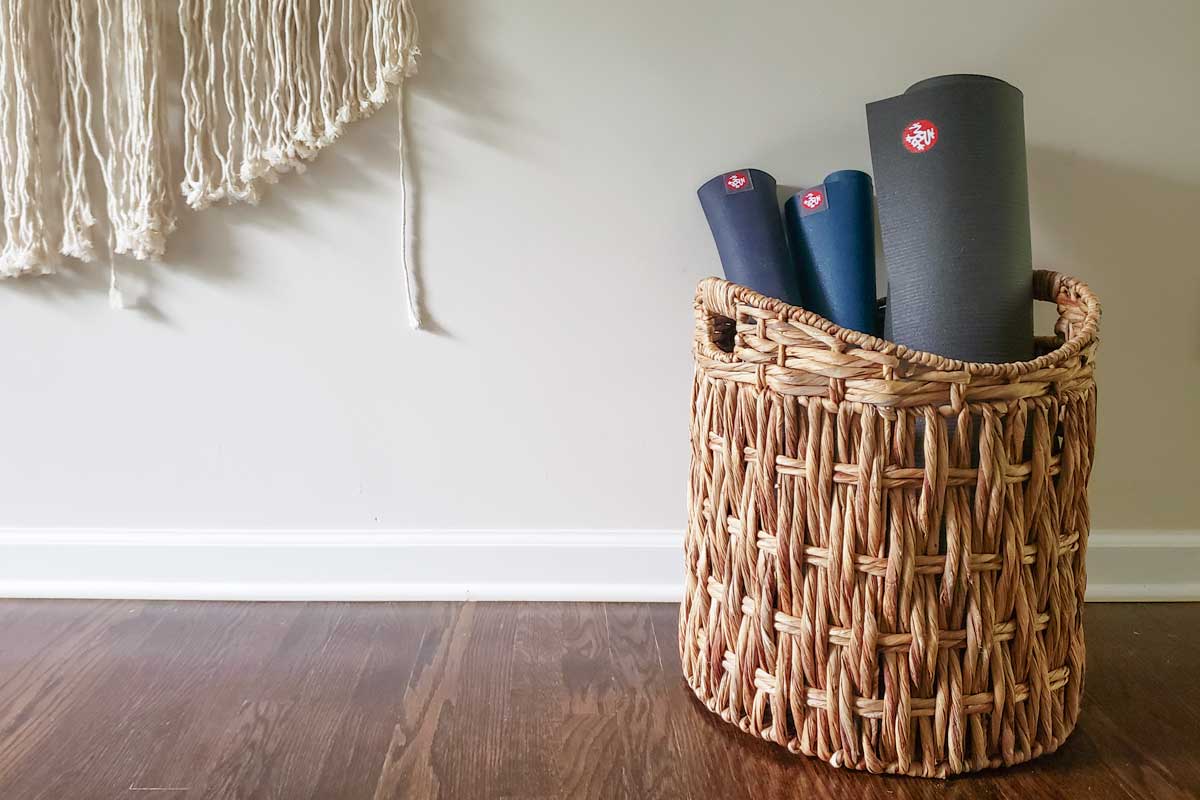
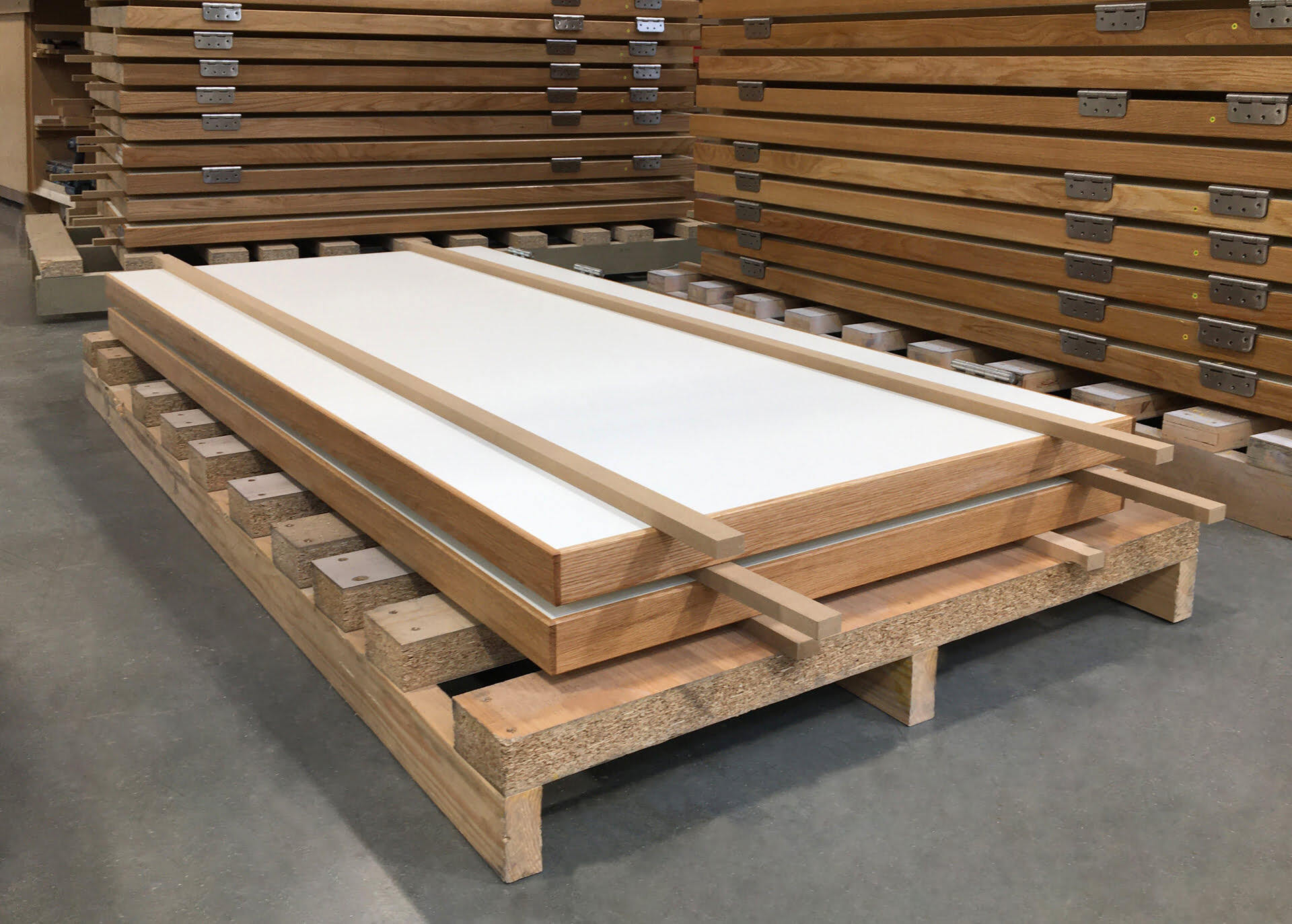
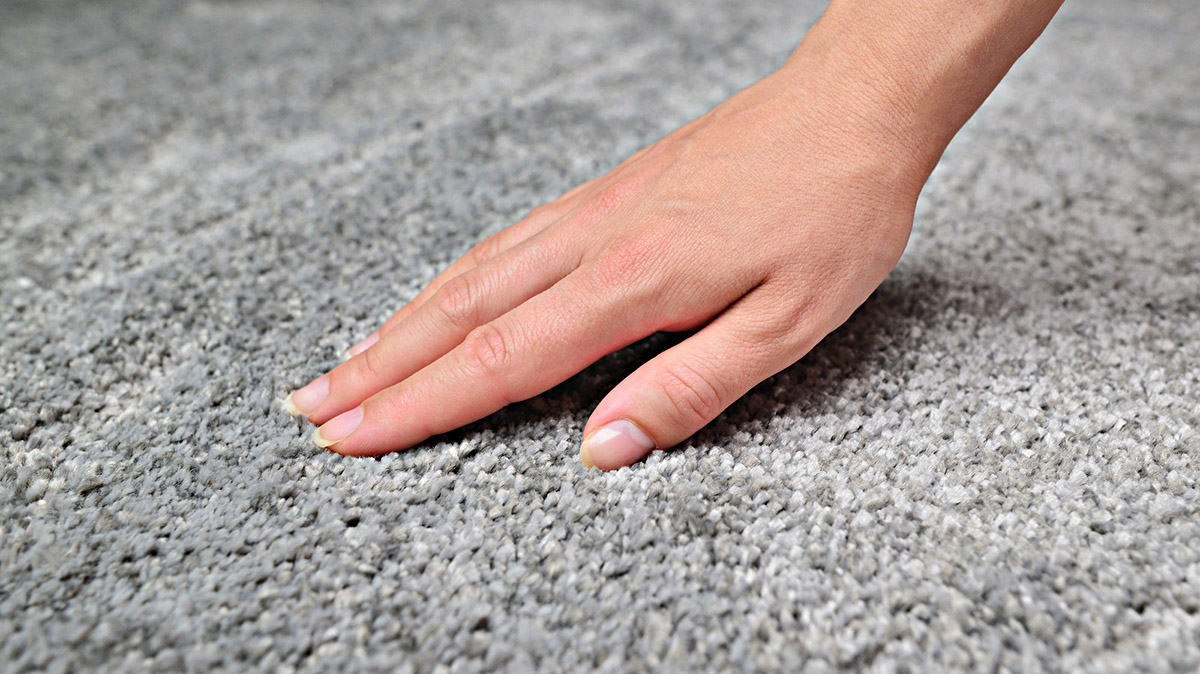
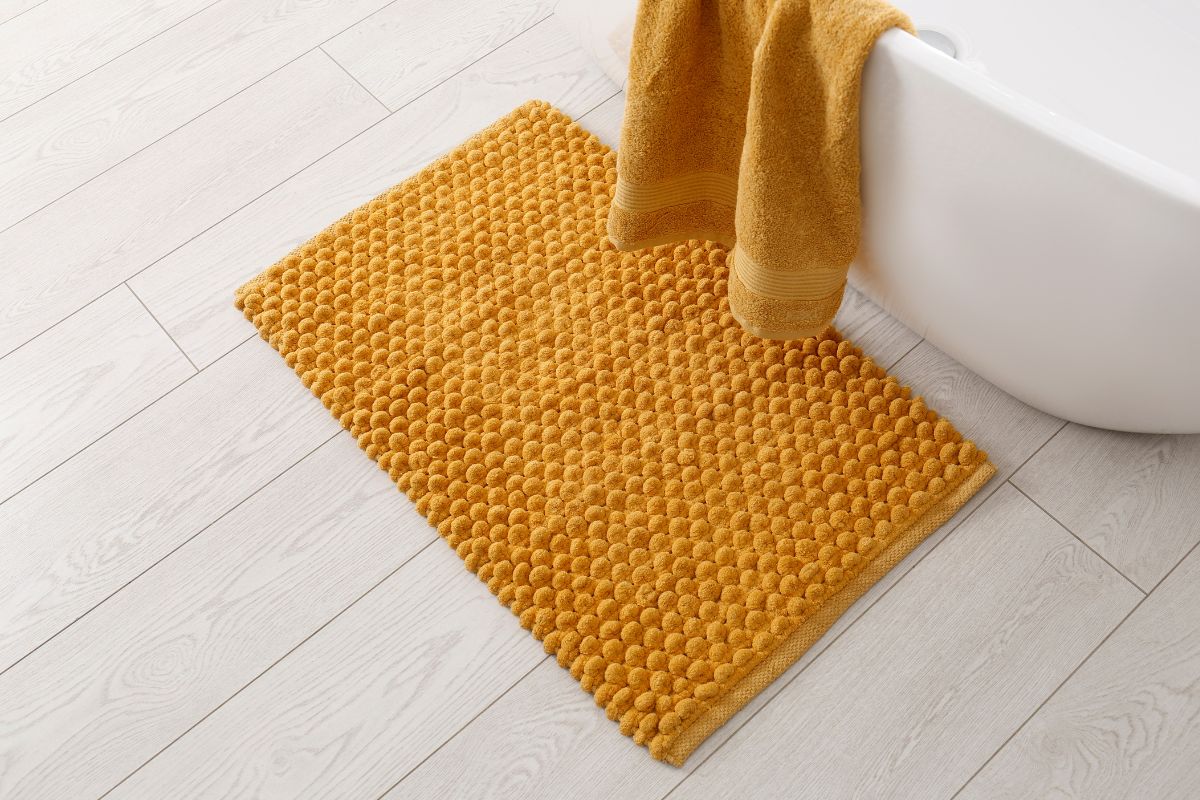
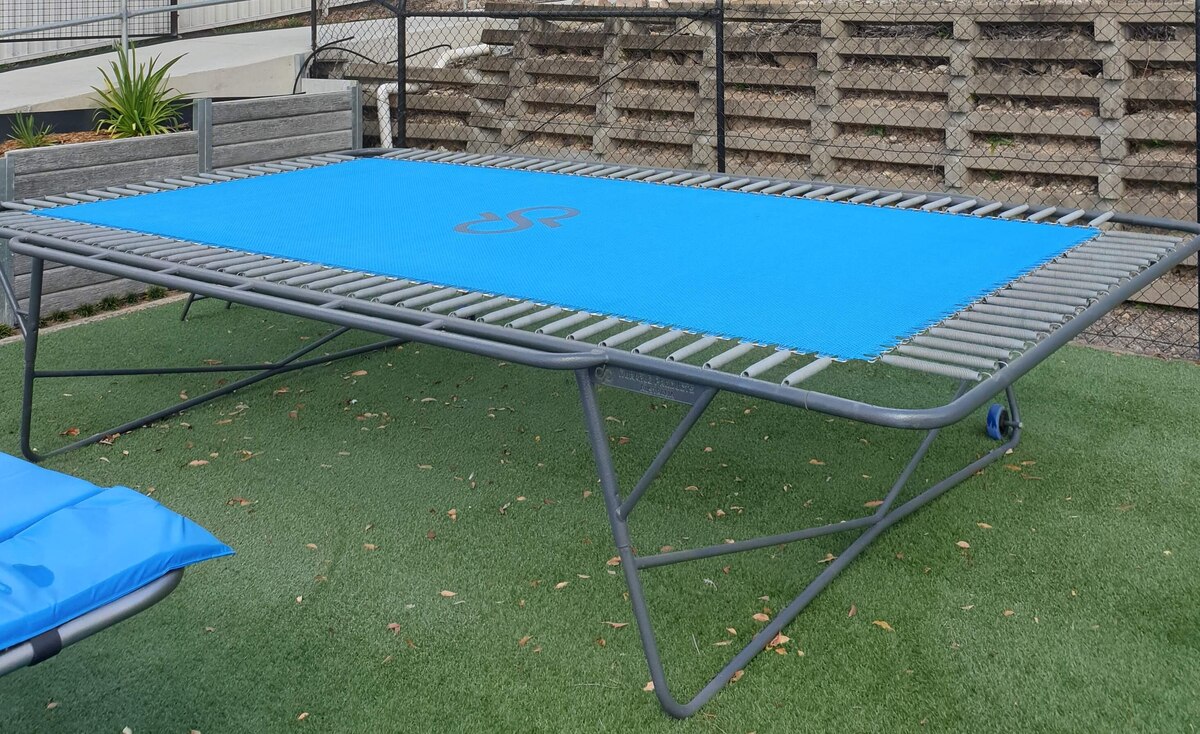
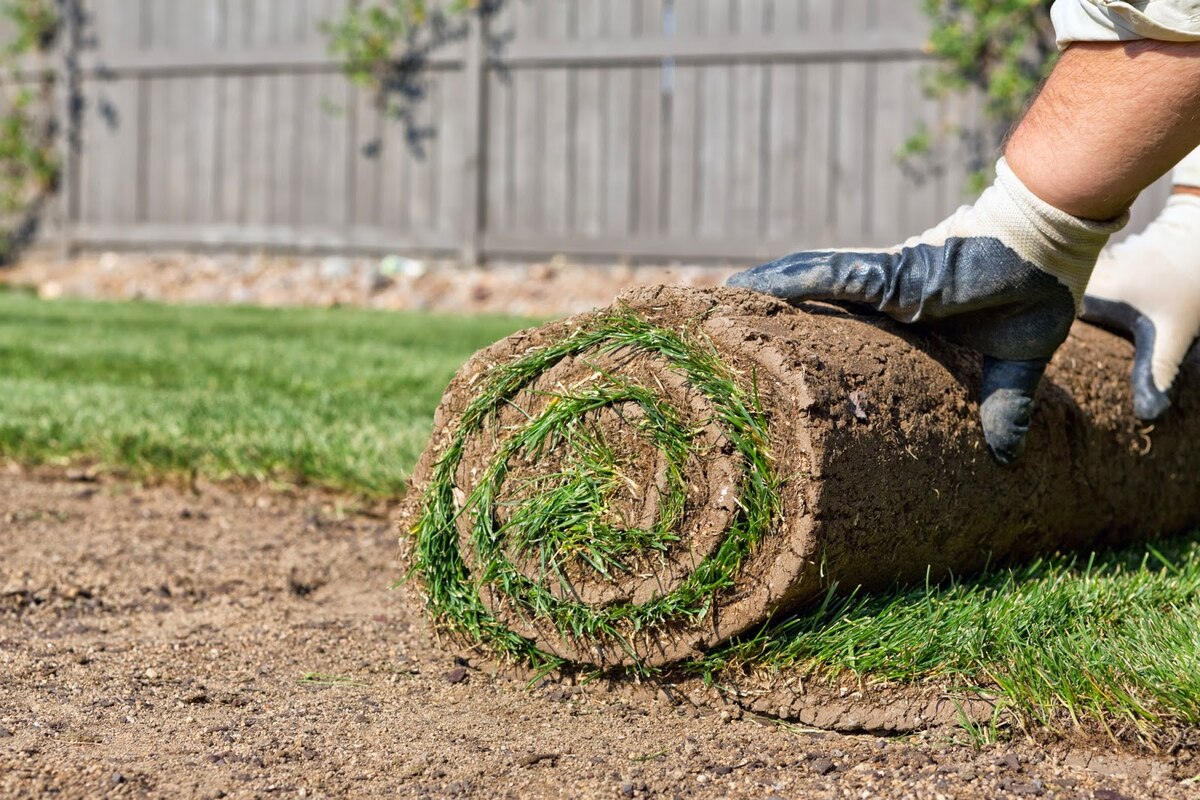

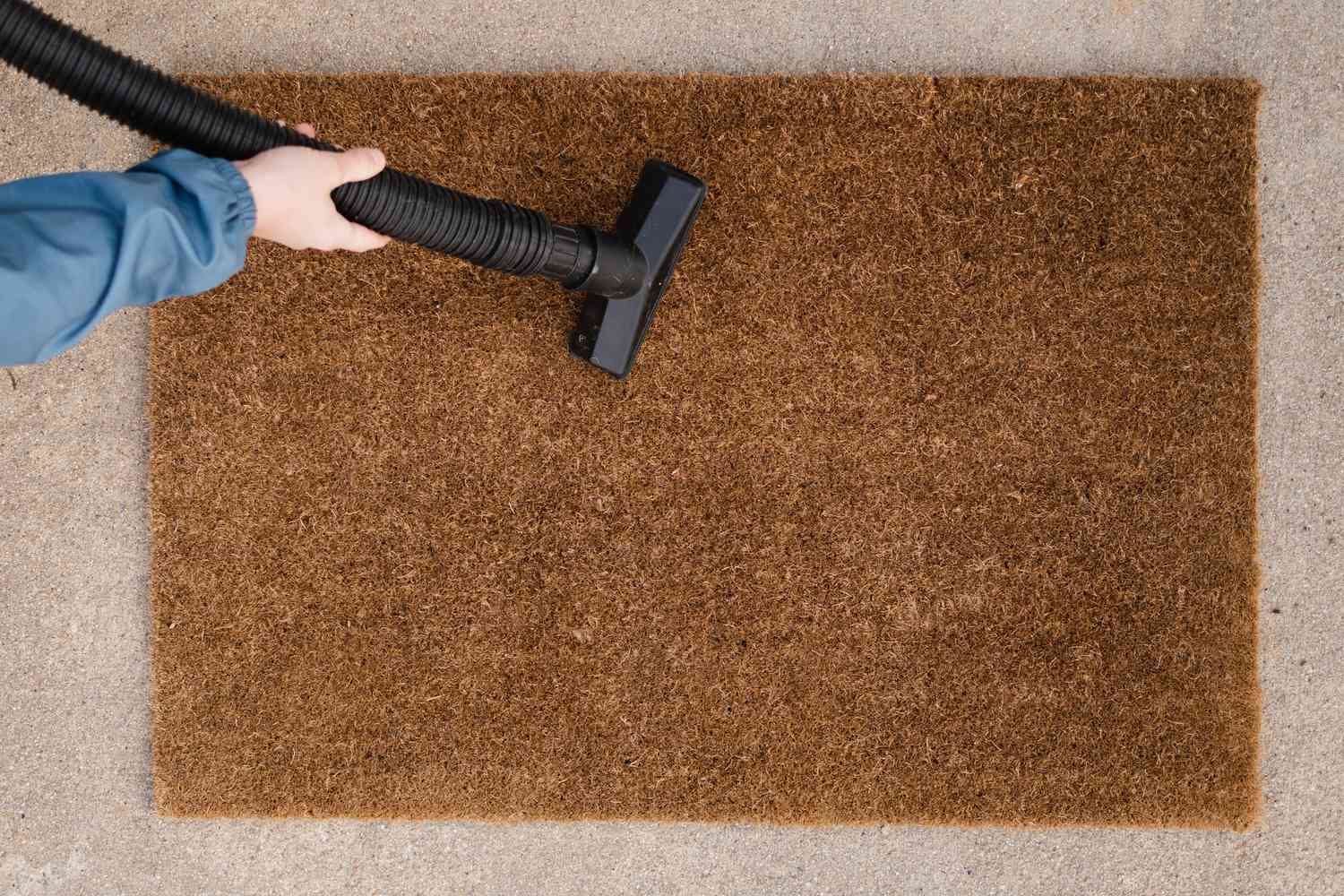
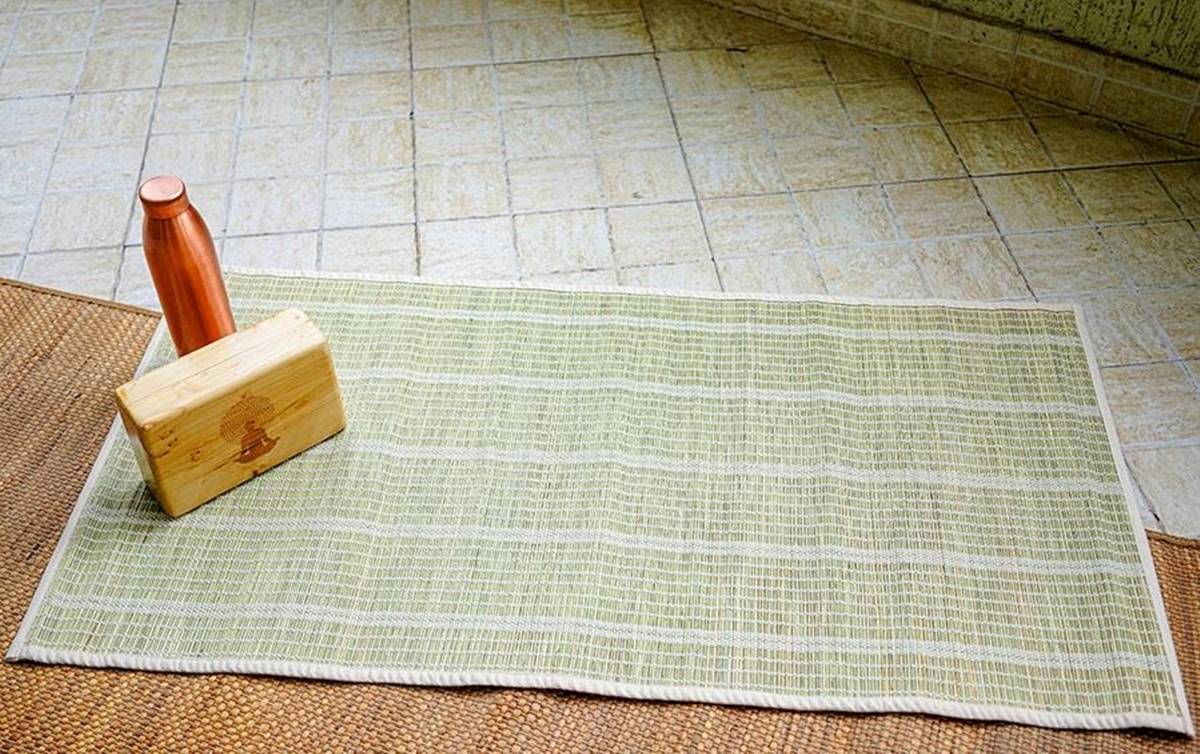
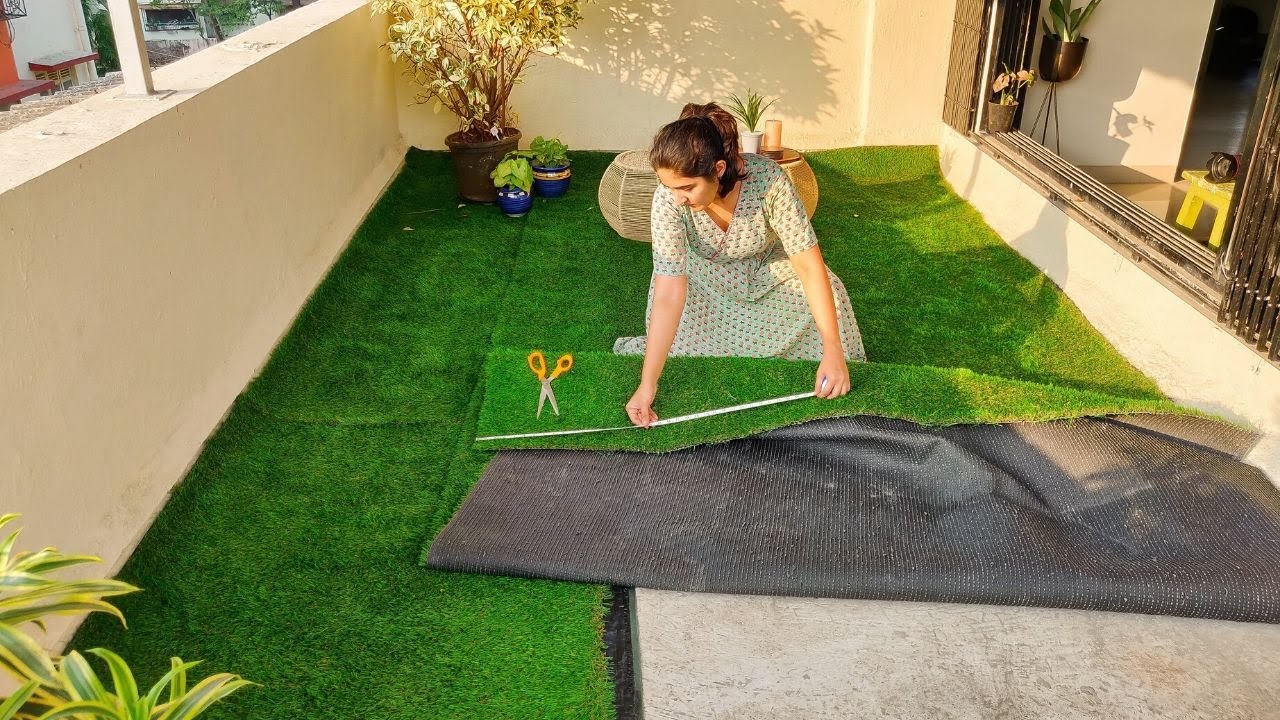
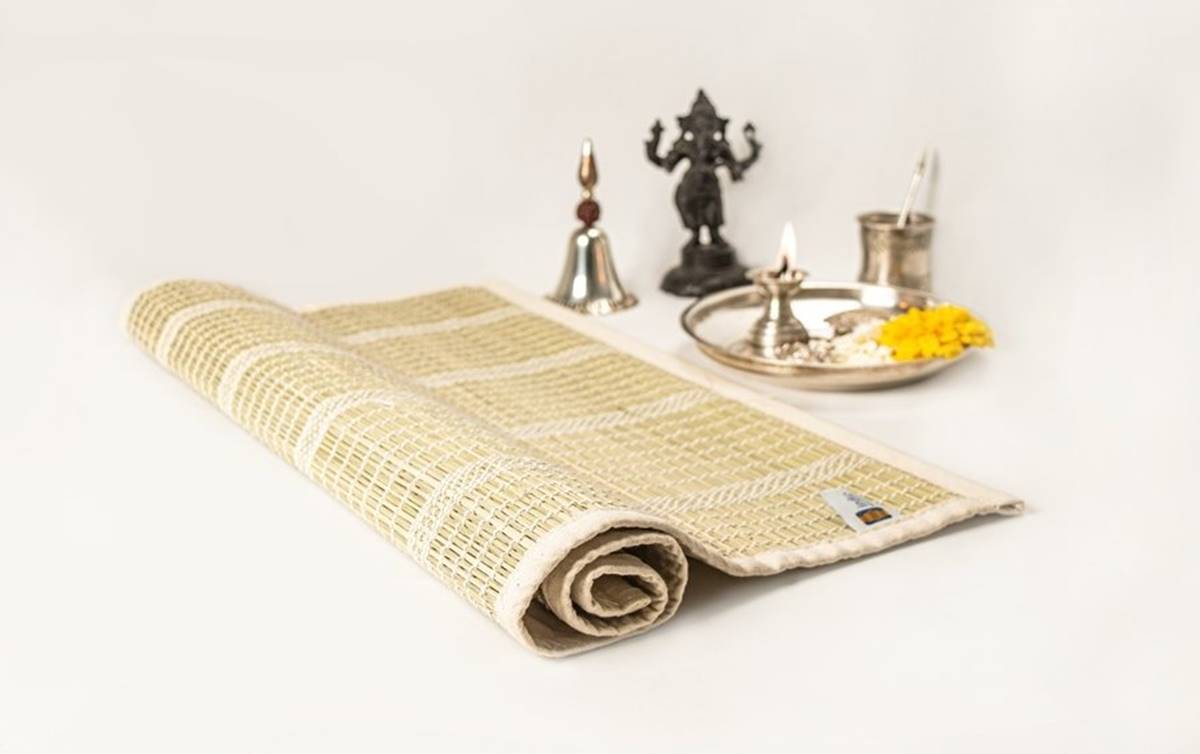
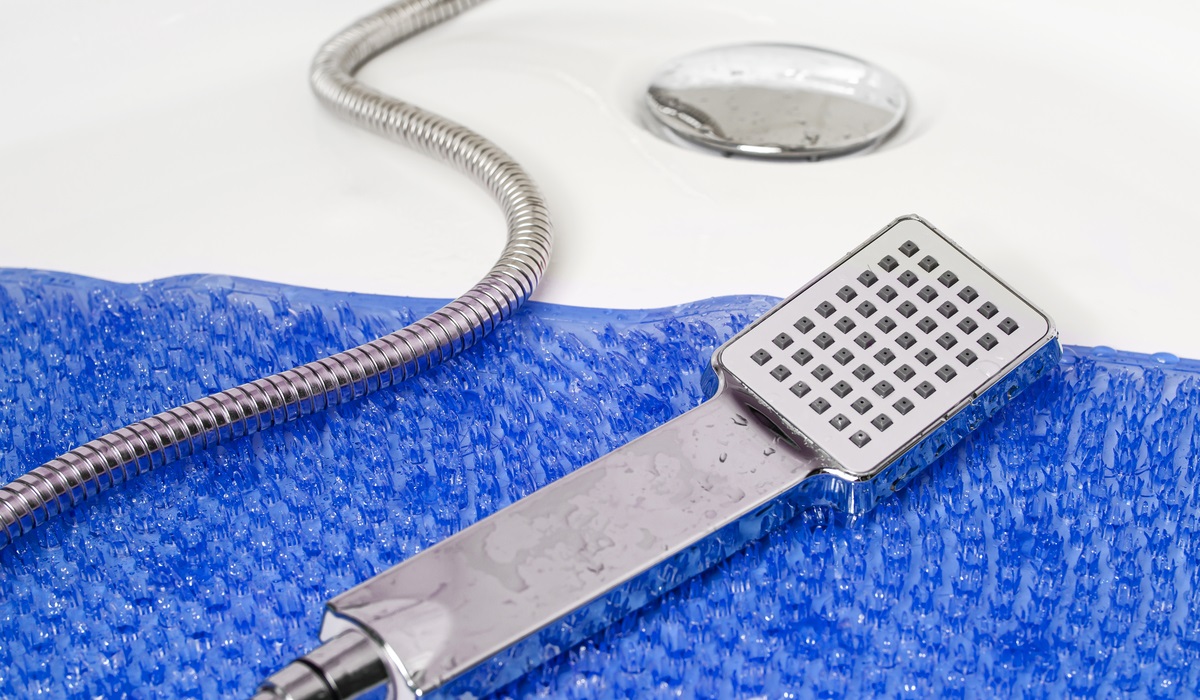
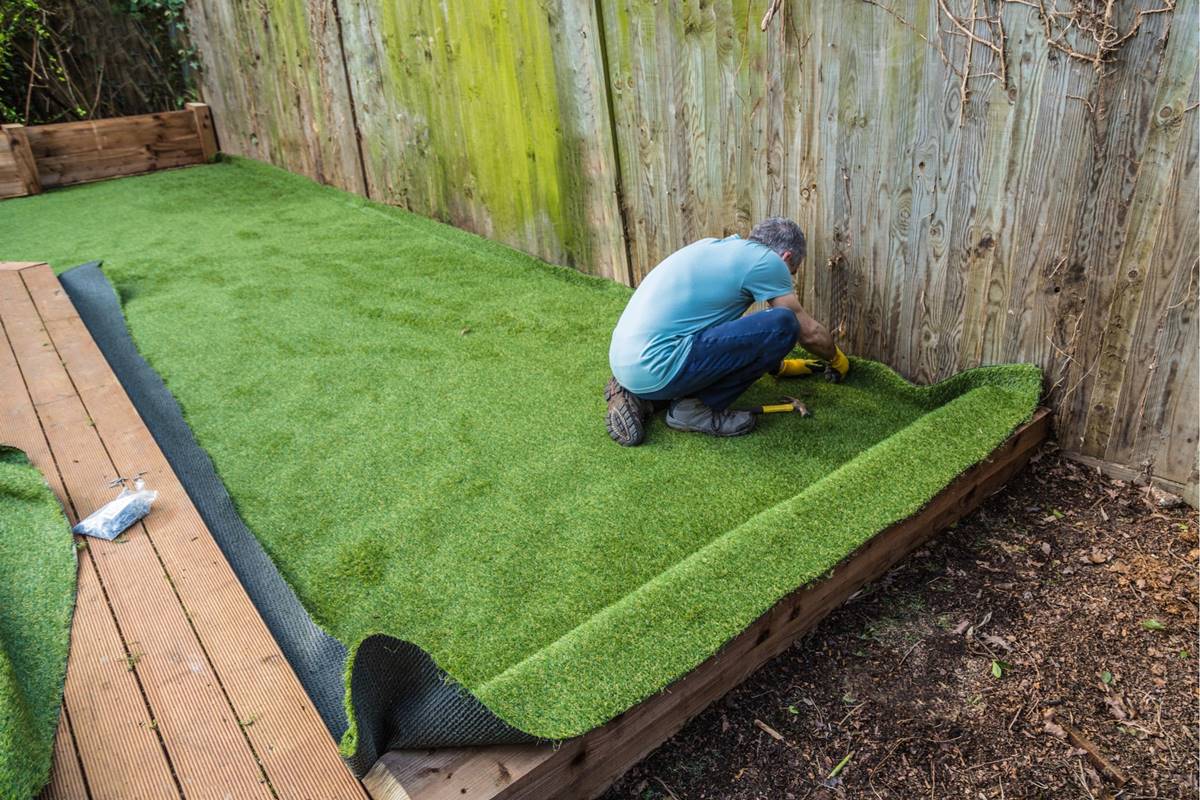

0 thoughts on “How To Store Door Mats”